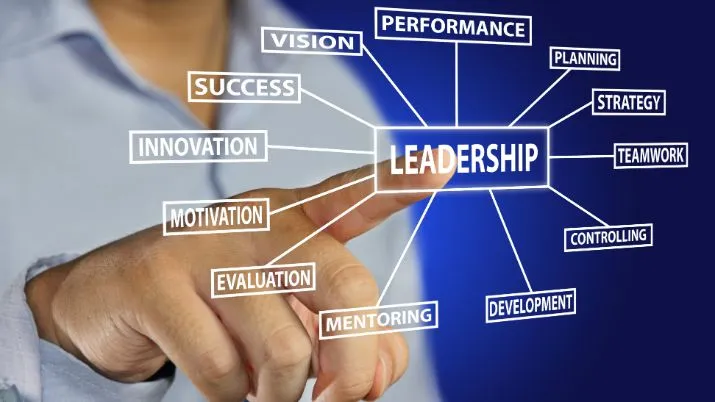Effective leadership is essential in today’s ever-changing and fast-paced business environment. Organizations that prioritize leadership development develop a pool of leaders capable of navigating challenges, inspiring teams, driving growth, etc. However, not all leadership development strategies deliver meaningful results. To empower future leadership, businesses must adopt strategies based on proven practices.
This article focuses on effective leadership development methods. Individuals and organizations can cultivate lasting leadership abilities.
Comprehending Leadership Development
Leadership development involves the deliberate process of improving an individual’s abilities to lead others. It involves acquiring leadership skills, such as communication, decision-making abilities, emotional intelligence, and strategic thinking. When done properly, leadership training benefits both the individual and the entire organization.
1. Personalized Learning Paths
Because people are unique, they have different learning styles and strengths. Successful leadership development programs begin by assessing participants’ competencies and goals. You can do this through self-assessment, 360-degree evaluations, and performance appraisals.
These insights can help organizations design customized learning paths that focus on specific skills that an individual must develop. For instance, a manager with exemplary strategy skills but a problem communicating in teams would greatly benefit from targeted workshops on interpersonal skills.
Leadership development tailored to individual needs maximizes training returns.
2. Experiential Learning Opportunities
Learning by doing is one of the most efficient ways to develop leadership abilities. When organizations create opportunities for emerging leaders, they can practice their skills in realistic contexts.
These experiences test the ability to make decisions under stress, collaborate with different teams, and solve complex problems. After these assignments, feedback and reflection are crucial for consolidating learning and identifying areas for improvement.
Rotating potential leaders through different departments can help them develop the key leadership quality of adaptability.
3. Coaching and Mentoring
Leadership development cannot be achieved alone. Mentoring and coaching provide a personalized approach that can accelerate your growth. Coaches work with leaders to uncover blind spots. They help them clarify goals and develop an action plan.
Mentors provide wisdom, guidance, and career advice. They are often leaders with years of experience within an organization. The relationship also allows mentees to develop valuable networking skills and gain insights about organizational culture.
Successful programs carefully pair coaches and mentors and establish clear expectations to maximize these relationships.
4. Focus on Emotional IQ (EI)
More people are realizing how crucial emotional intelligence is to effective leadership. Leaders with high EI know how to control their emotions and understand others’ feelings. They also have strong interpersonal relationships, which are crucial for motivating team members and resolving disagreements.
Initiatives to develop leadership that include EI programs teach skills, such as active listening and empathy. They also help with self-awareness and stress management. These competencies foster positive communication in the workplace and improve communication.
5. Feedback Loops
Feedback must be continuous for effective leadership development. This helps individuals understand their progress and identify any behaviors that may need adjustment. Feedback loops could be formal, such as 360-degree evaluations, or informal.
Instilling a culture that encourages constructive criticism will help leaders be open to growth and learning. Leaders who exhibit this type of behavior also inspire their employees to adopt the same approach.
6. Technology and E Learning
The modern leadership development program embraces technology for flexible, scalable learning. With e-learning, access to leadership resources, webinars, courses, and more is available anytime, anywhere.
Creating an immersive environment for leaders using virtual reality (VR) or simulation tools is also possible. This allows them to practice different leadership scenarios, including crisis management and difficult conversations. Gamified training modules help keep leaders engaged and track their progress.
Although technology is a powerful complement, it should enhance, not replace, personal interaction and hands-on experience.
Conclusion
Leadership development is essential for any organization wishing to be successful in the long run. The most efficient strategies go beyond the traditional classroom and incorporate personalized training, real-world activities, emotional Intelligence, coaching, continual feedback, and technological devices.
By aligning organizational goals with leadership development initiatives and promoting growth cultures, companies empower their leaders to thrive within complex environments. This also helps to inspire and motivate teams to achieve exceptional results.

